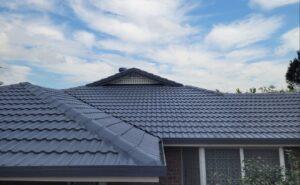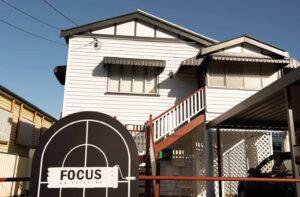
Surface preparation has to do with the way you prepare surfaces ready before painting.
Preparing surfaces before painting your residential building helps to clean the surface imperfections, oxidation, residue, pre-existing coatings, organic matter, and other impurities.
An unprepared surface can reduce how effective a new painting will be, lead to bonding failure, or thwart the entire painting process.
Keep reading for tips on preparing surfaces before painting your residential building.
Make an Assessment of the Surface
Before you commence painting, it is vital to ascertain the surface condition. Standards like BS EN ISO 8501-1 can be employed to carry out a visual assessment on rust grades varying from A-D for surfaces with steel. The grades aid in deducing the success of preparing the surface and the techniques required.
Remove Old Paint
Whether you are preparing to paint your strata or residential building, you must remove old paintings from surfaces before proceeding with the painting.
Applying new paint without removing the old paint results in peeling, bubbling, or flaking from underneath the covered layer. Removing old paints until you can see a neat surface will lengthen your building lifespan and reduce corrosion problems.
Eliminate Loose Surface Parts
Loose parts are common when preparing residential building surfaces for painting. Paintings won’t come out well if your surfaces have loose parts.
Eliminating loose surface parts means cleaning crumbled or peeled-off loose parts. You can achieve this through techniques like abrasive blasting, which helps discard rust or other contaminants from loose parts of the surface.

Profile the Surface
After cleaning any loose parts from your surface, profiling the surface is the next step. A surface that is not well-profiled won’t bring out the beauty of the painting work.
For new paintings, a new profile for the surface is important. When you profile your building surfaces correctly and tailor them to the painting process, there will be an improvement in adhesion.
Surface Drying
After profiling your surface, the last thing to do is to dry the surface. Paints come out best when surfaces are dry. Wet surfaces can bring pinholes during the curing process as vapor evaporates between the paintings and the surface, creating small holes.
Although you can cover the pinholes with some paints, vapor can also affect drying times. Also, check for humility based on the level of the environment’s humidity.
Related: 4 Mistakes to Avoid When Choosing Paint Colors
Conclusion
Preparing the surfaces of your walls for painting can be challenging, especially if it’s your first time. However, by choosing the right painting contractor, you can rest assured that everything is in the hands of a professional.
Are you looking for a professional, experienced painter in Australia? Let Focus Constructions handle your project.
At Focus Construction, we specialize in residential, strata, and commercial painting, and our services cover different parts of Australia. We’re based in Gold Coast and Brisbane City in Queensland.


